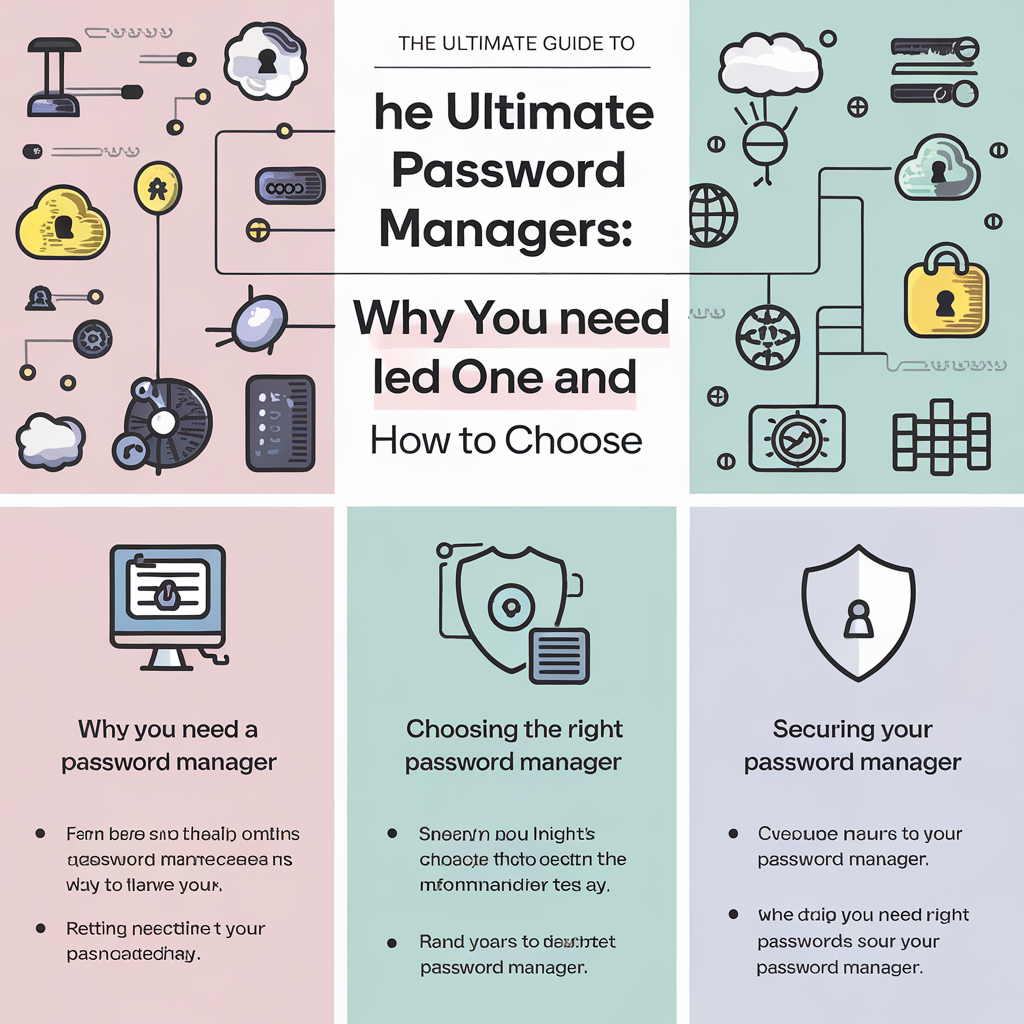Maximizing Your Savings with High-Yield Savings Accounts
In today’s financial landscape, finding the best ways to grow your savings is crucial. One effective method is through high-yield savings accounts. These accounts offer significantly higher annual percentage yields (APYs) compared to traditional savings accounts, making them an attractive option for those looking to maximize their savings. In this blog, we’ll explore what high-yield savings accounts are, how often their rates change, and what you can do when interest rates are low. We’ll also introduce you to O1ne Mortgage, your go-to partner for all mortgage service needs. Call us at 213-732-3074 to learn more.
What Is a High-Yield Savings Account?
A high-yield savings account is a type of interest-earning account that typically offers a much higher APY than a traditional savings account. For instance, in late February 2023, the national average APY on standard savings accounts was just 0.35%, according to the Federal Deposit Insurance Corporation (FDIC). However, many banks now offer annual returns well above 3% on high-yield savings accounts.
High-yield accounts can help you build your savings to reach your financial goals, such as making a down payment on a house, buying a car, or paying for another significant expense. They are also an appealing place to build an emergency fund or any other short-term savings you don’t want to tie up in a certificate of deposit (CD) or an investment account.
How Often Do High-Yield Savings Rates Change?
Interest rates on high-yield savings accounts are variable and can change at any time. More specifically, rates typically change after a Federal Reserve committee meets to adjust the federal funds rate. The account’s APY determines how much interest you earn on your money each year. The higher the APY, the faster your savings grow.
However, APY can fluctuate. If you opened a high-yield account when rates were high and now you’ve noticed a drop, you may wonder what to do when rates get too low, and even if a high-yield savings account is right for you.
What to Do With Savings When Interest Rates Are Low
When the APY on your high-yield savings account decreases substantially, you may wonder if there’s a better place to stash your cash. Ultimately, the answer depends on your financial situation and goals. Here are some options to consider:
Keep Saving
If you don’t yet have money set aside for unexpected needs, a savings account can be a great tool to build an emergency fund—even when rates drop. The lower rate may not be enough to keep up with inflation, but if you earmark the money for a rainy day, it can help keep you afloat without relying on high-interest loans or credit cards. Financial experts recommend having three to six months’ worth of your basic expenses in savings in case of an unexpected need.
Shop Around
If rates tied to your current high-yield savings account are dropping, it may be time to comparison-shop to see if you can get a better deal elsewhere. Online banks may offer better rates than traditional banks. So if you’ve never considered banking online, when rates drop in your current account, you may want to take a look. It’s also good to know that FDIC-insured online banks are just as safe as traditional brick-and-mortar banks.
Consider Laddering Certificates of Deposit (CDs)
CD laddering is a strategy worth considering when savings rates get too low for your liking. When you ladder CDs, you buy multiple CDs with different terms that mature on a staggered basis; for example, buying a one-year CD and a three-year CD simultaneously. As each certificate of deposit matures, you’ll have money to use or reinvest. The trade-off is that your money is tied up for a specific time frame, which may not be ideal for your personal savings goals.
Try Investing
Arguably the riskiest alternative to a high-yield savings account is investing in stocks, bonds, crypto, and the like. However, this might not be the best option if you can’t afford to lose the money you invest. But putting your money into different types of investments might be an alternative if rates drop substantially on your savings account. If your savings rate drops, you’re still earning interest on your money. Investing offers no guaranteed return.
Shift Your Savings Into High Gear
Cultivating good savings habits can help reduce or even eliminate the need to borrow money for an emergency or when you’re between jobs. High-yield savings accounts can grow your money faster than a traditional savings account, helping to shift your savings into high gear.
Another good habit is monitoring your credit with Experian’s credit monitoring service, where you’ll have free access to your FICO® Score and your Experian credit report. As you check regularly, you’ll be able to see how your actions affect your credit score. You’ll also be able to view the information on your credit report, which can help you decide which steps to take next with your money.
At O1ne Mortgage, we understand the importance of making informed financial decisions. Whether you’re looking to save for a down payment on a house or need advice on the best mortgage options, we’re here to help. Call us at 213-732-3074 for any mortgage service needs. Our team of experts is ready to assist you in achieving your financial goals.
Remember, the key to financial success is staying informed and making smart choices. High-yield savings accounts are a great tool to help you grow your savings faster. By understanding how they work and what to do when rates change, you can make the most of your money and secure a brighter financial future.

